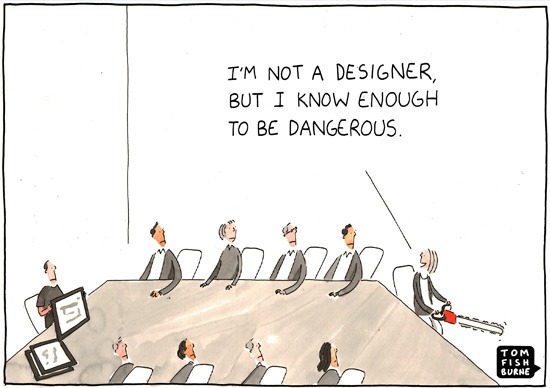6 Tips For Working with a Kitchen and Bathroom Designer
Homeowners often wonder if it would be worth it to hire or work with a designer when it comes to remodeling their home. Outside of the cost for design services, there are many other reasons why this is often a hard decision for homeowners to make.
“Will the designer cause me to spend all my money?”, “Will I be forced to design my home or space in a way that I am not accustomed to?”, “Will working with a designer really make that much of a difference?” and “Is it really worth it?” are all questions one might ask themselves when contemplating whether to work with a designer or not.
Here are some ways to ensure that you get the best results from working with a designer:

6 Tips For Working with a Designer

6 Tips For Working with a Designer 2
1 – Set Expectations.
Setting expectations with your designer from the get-go is the most important thing you can do to get the best results. If you tell your designer exactly what you expect to get from the experience, then your designer will know how to approach your project.
Some questions to ask yourself would be:
- Do I need complete guidance/hand holding on what looks good and what type of design will work best for me?
- Do I just need someone to confirm that my personal ideas can work?
- Do I need someone to manage my project by keeping me within budget?
Whatever your needs are, make sure to share them with your designer to get the most out of the experience.

6 Tips For Working with a Designer 3
2 – Do Some Homework.
Even though you don’t need to know exactly what you want your space to look like (after all, that’s what designers are for), it would still be in your best interest to find out what it is that you like and don’t like. The more you are able to share with your designer about your likes and dislikes, the better your designer will be able to design your space. Some things you can do:
- Save images of space you like and don’t like. You don’t have to know exactly why you like or don’t like a space. Just save as many images as you can, and your designer should be able to help you figure out what it is that you are or are not attracted to.
- Think about how you currently use your existing space. How do you navigate around your kitchen? What do you love most about it? Hate about it? What do you wish you had in your space?

6 Tips For Working with a Designer 4
3 – Understand that design is a process.
Despite what we may see on HGTV and home improvement shows, good design is not achieved with a snap of a finger, or within a single day. A well designed space takes thought, time and effort to achieve. If you expect your designer to be able to come up with a design or pick colors, tile, countertops and other materials in a very short amount of time, then you may have very unrealistic expectations.
When dealing with kitchens, some big box establishments may have trained their sales personnel to use software that automatically generate designs based off of the specific wall measurements. Know that this is not a well thought out design, but rather a way to quickly give a client an idea of how much their kitchen cabinets may cost.
Kitchen and Bath showrooms usually hire designers that have actual kitchen and bath design certification and experience. Some ways to know that you are getting a well thought out design and working with a credible designer:
- Your designer asked you questions about your lifestyle
- Your designer asked you how you like to use your kitchen or space
- Your designer addresses and explains their design solutions
- Your designer’s previous work and background

6 Tips For Working with a Designer 5
4 – Give Feedback.
True design is a collaborative process. A successful design is one that reflects the homeowner or end-user in both function and aesthetics. Your feedback and ideas should always be welcome when working with a designer. If your idea will not work, a good designer should be able to take that idea and find a way to still provide a solution that will incorporate your overall needs into the space. Never hold back when you do not like the direction things are going in – a good designer will always design for the client. Some constructive feedback could be:
- “I’m not sure about the size of this kitchen island… I would prefer something smaller”. “Can you explain why you designed it this way?”
- “I like where you are going with this, but will this put me over budget?” “What are my alternative options?”

6 Tips For Working with a Designer 6
5 – Trust your designer.
When you have come to the decision to hire or work with a designer, you should trust him or her as you would any professional. As with any professional you choose to work with, a designer should have the credentials, skills and/or experience that you are looking for to help you with your project.
If you have chosen a designer to work with, then you should trust that their ideas and suggestions are being given based off of the needs you have shared with them. Some qualities to look for in a designer before hiring them:
- Do your personalities compliment each other? Remember, you will be working hand in hand, so this is very important with any professional working on your home.
- Does your designer understand you and your vision? Are you liking the solutions that are being provided?

6 Tips For Working with a Designer 7
6 – Have Fun!
Lastly, have fun with the process! Remodeling can be stressful but at the end of the day, most homeowners are delighted with the end result. Working with a designer can definitely elevate your space by leaps and bounds, and you deserve nothing less!
